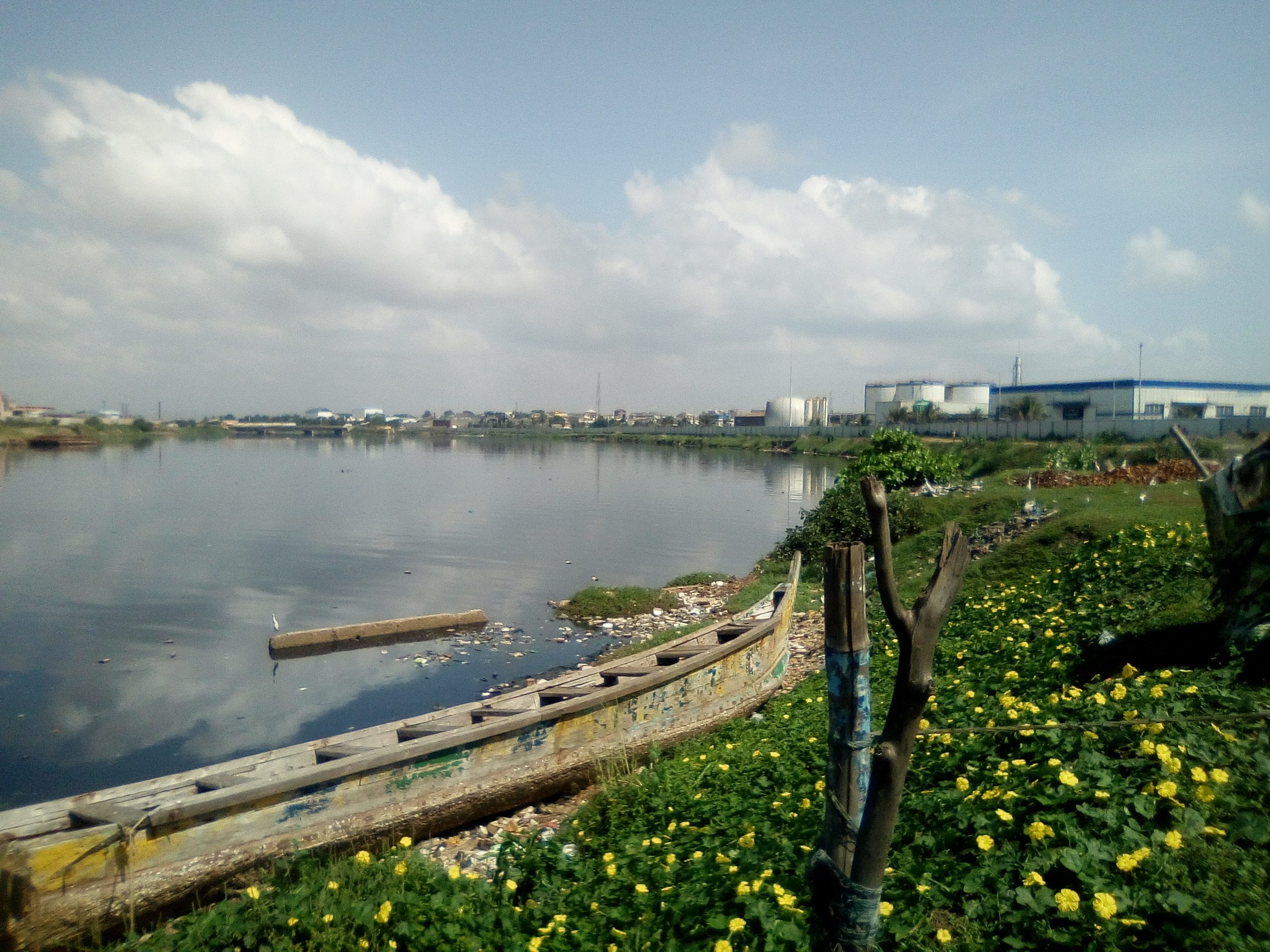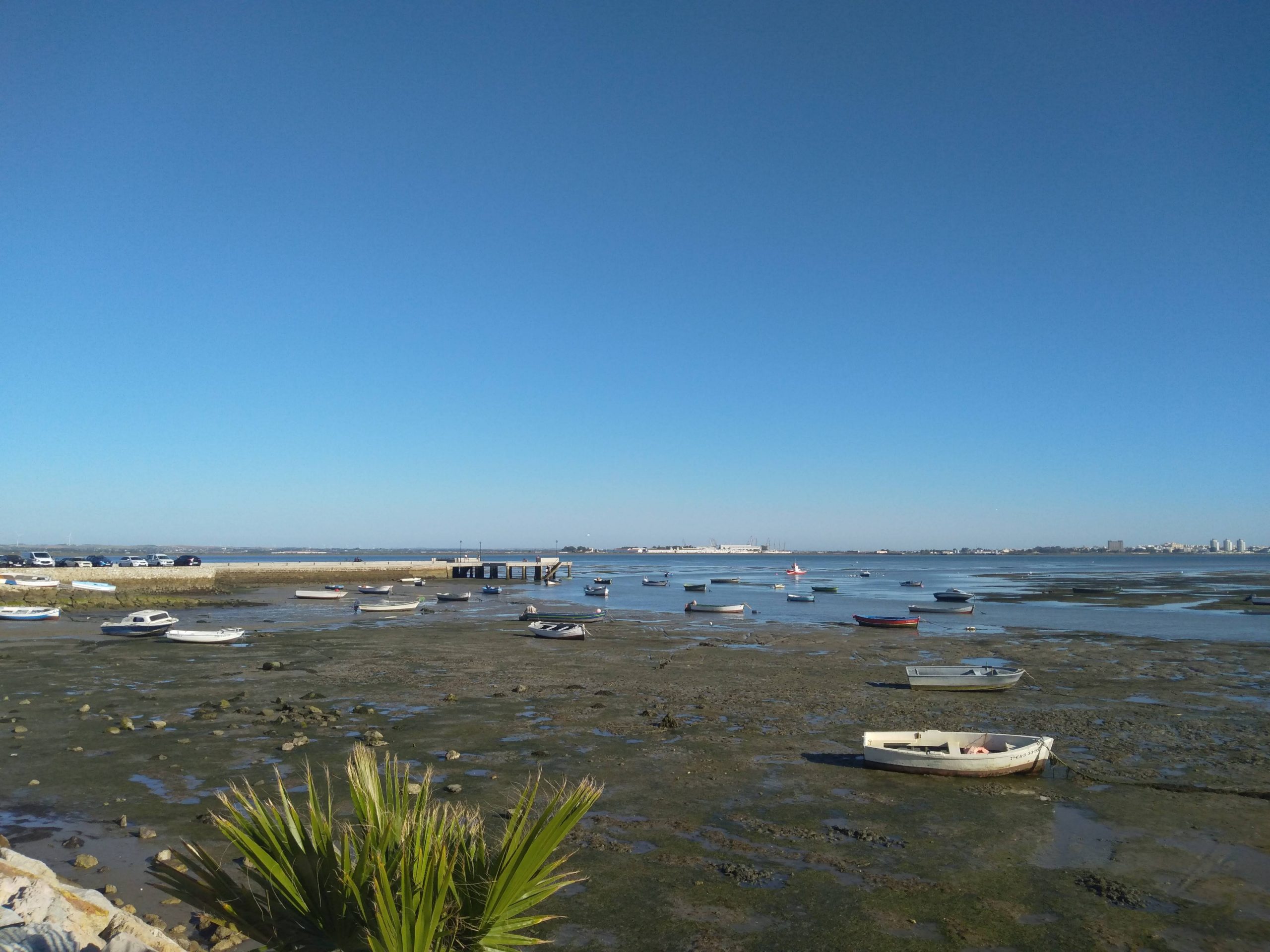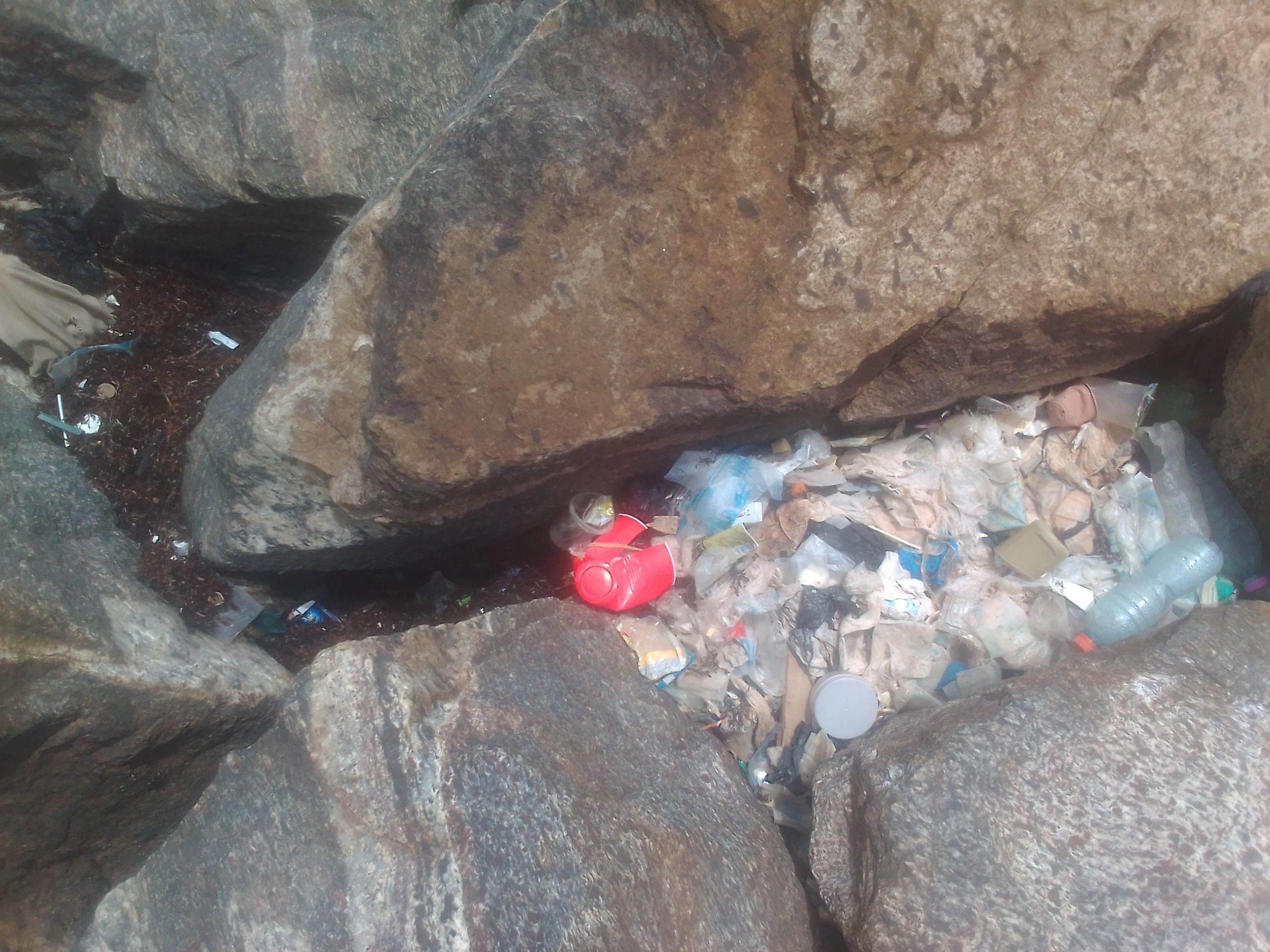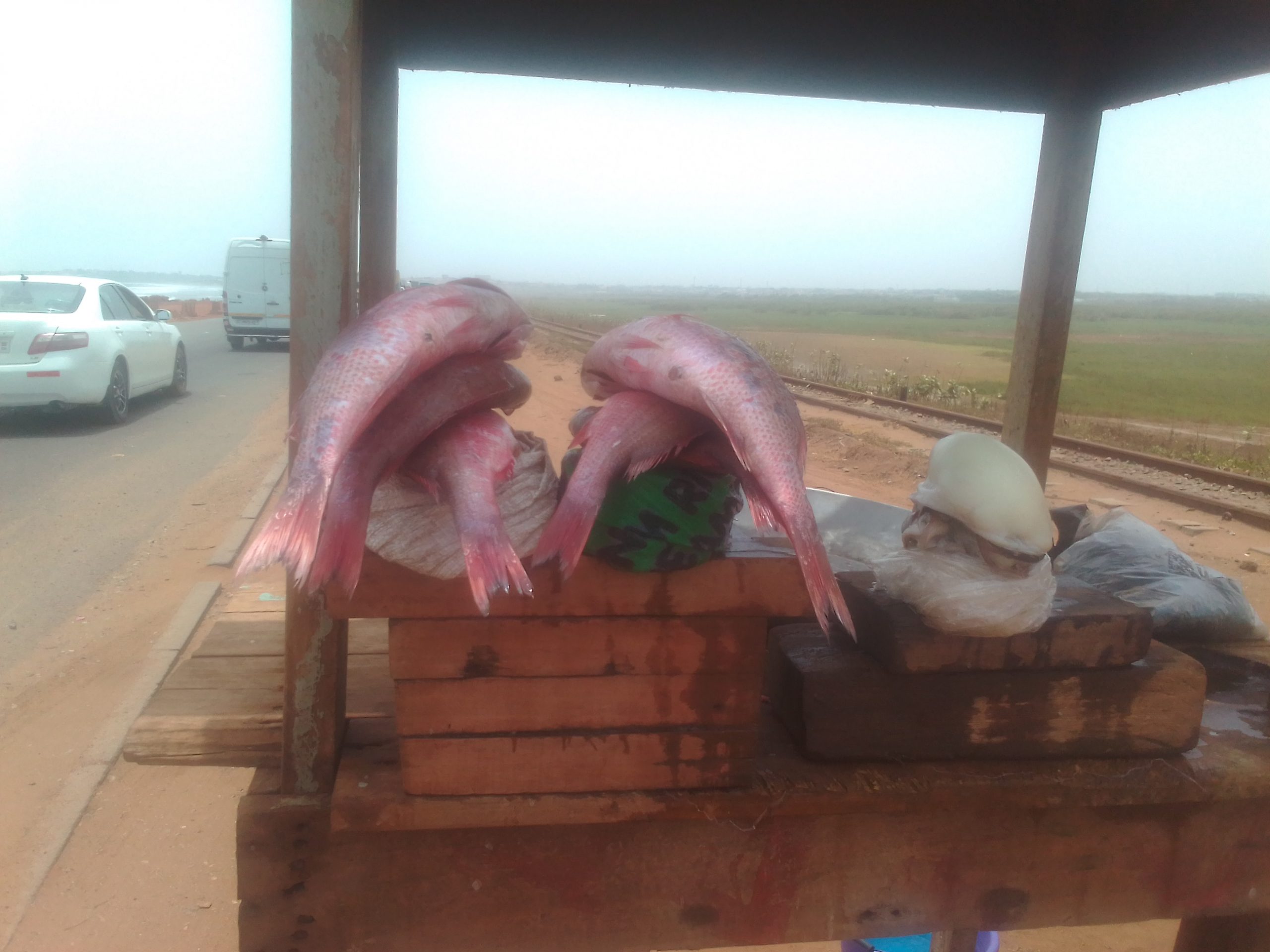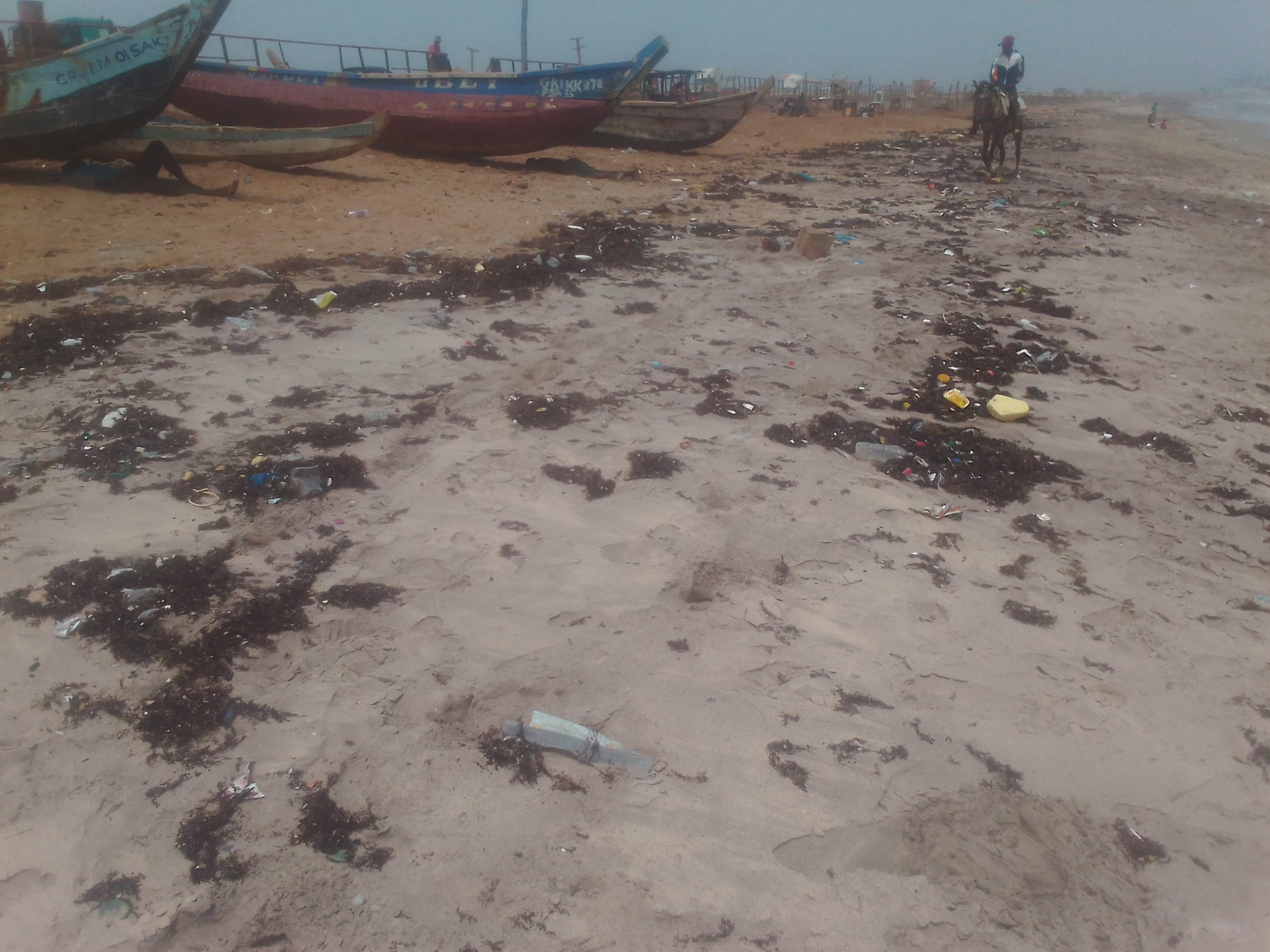Publication
A review of threats to the ocean and current strategies to resolve them
Introduction
As the world’s realm of outstanding biodiversity with myriads of ecosystem services (i.e., provisioning, regulation, and cultural), the ocean has been and continues to be subjected to several activities since humanity became aware of its usefulness (Georgian et al., 2022; Milon and Alvarez, 2019; Mwaipopo and Shalli, 2014). The situation has cumulatively contributed to the decline of its health and resilience, spanning from coastal waters to areas beyond national jurisdiction (ABNJ) due to the desire of humanity to meet its needs (Elliott et al., 2017; Rabone et al., 2019; UNESCO-IOC, 2021).
Threats to the ocean
Threats to the ocean and its resources are increasing, mainly driven by anthropogenic activities and their associated pressures, including pollution (e.g., marine litter, oil spill), mineral exploration and exploitation, illegal, unreported and unregulated fishing (IUU), shipping, mariculture, selective extraction of species, and introduction of synthetic substances, among others (Elliott et al., 2017; Georgian et al., 2022; Lincoln et al., 2022; Reynolds et al., 2022; Shen et al., 2020). As the largest active carbon pool, the ocean is under threat from acidification (i.e., decline in pH) and high sea-surface temperature (i.e., up to 4.8 oC) due to the effect of climate change, with increasing contaminant toxicity (Figueiredo et al., 2022; Reynolds et al., 2022; Shen et al., 2020).
The threats to the ocean are interlinked and do not act in isolation. For instance, marine litter is a threat multiplier that acts with other stressors, such as climate change, to cause more serious problems by reducing the production and growth of primary producers and consumers and affecting carbon stock, reducing the resilience of the marine ecosystem (Lincoln et al., 2022; Shen et al., 2020). Further, declining ocean ecosystem health, targeted exploitation and IUU fishing threaten the megafauna population (Georgian et al., 2022; Riskas et al., 2018).
Current strategies
The United Nations (UN) has declared a Decade of Ocean Science for Sustainable Development with the need to develop new knowledge and solutions with multistakeholder involvement about the problems with the ocean for sustainable development (Hofmann, 2022; UNESCO-IOC, 2021). Strategies, including aggregated-specified conservation efforts at the multinational to mitigate threats to the ocean and its resources, especially in areas beyond national jurisdiction (ABNJ), has been suggested (Reynolds et al., 2022). An ecosystem-based approach that integrates climate change with other local stressors (e.g., marine litter) is recommended (Lincoln et al., 2022). Further, an ocean management approach that integrates different goals and objectives, sectors and users of ocean spaces, and diverse forms of data and knowledge for ocean-management is a strategy for the current situation (Voyer et al., 2021).
Scientific assessment, reduction in fishing pressure (e.g., re-negotiating existing fishing agreements, the introduction of eco-friendly fish aggregation devices), removal of harmful subsidies, the establishment of protected areas, ending illegal, unreported, and unregulated fishing, and increasing enforcement are some strategies being used to improve on the ocean’s health (Georgian et al., 2022; Grip and Blomqvist, 2019; Okyere and Chuku, 2020). For instance, the strategy with marine protected areas helps to reduce fishing activities and selective extraction of species and individuals with desirable genetic resources (Broggiato et al., 2018; Rabone et al., 2019).
In conclusion, it is worth noting that although the strategies have contributed to some gains, current global situations, including the Russia-Ukraine war and post-pandemic economic crisis, threaten to roll back all the efforts.
CONTACT
- House No. E/17 Kanewu Trotro Station
- Office +233 (0) 20 897 9164
- bluerrp.institute@gmail.com
- 08 am - 05 pm Sunday closed
SUBSCRIBE
Stay in touch with Bluerrp Institute
- Copyright 2022 Bluerrp Institute
- bluerrp.institute@gmail.com


